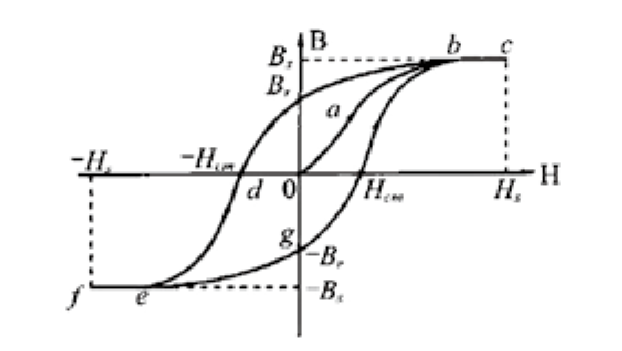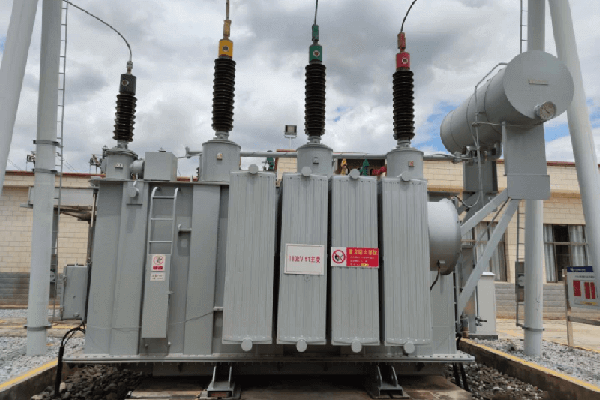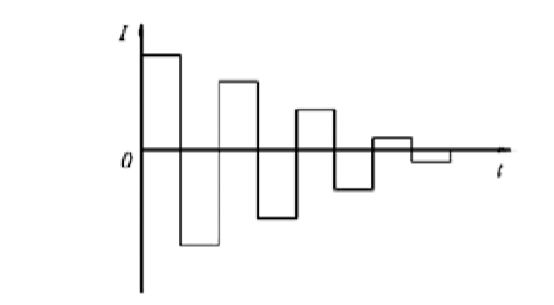Power transformer is one of the important components of power grid and plays an extremely important role in the safe and stable operation of power grid. Winding DC resistance test is an essential item in transformer state maintenance routine test. Due to the hysteresis characteristics of ferromagnetic materials, dc resistance test will have residual magnetism in transformer core. Generally speaking, the larger the current and the longer the time of dc resistance test, the larger the remanence.

Due to the existence of remanence, when the transformer is put into operation, the core of the transformer remanence saturates the core of the transformer and produces a large number of harmonics in the excitation current, forming inrush current, which not only increases the reactive power consumption of the transformer, but also may cause the misoperation of the relay protector, and even damage, resulting in economic losses. At the same time, the high saturation of the core increases magnetic leakage, causing the metal structure and fuel tank to overheat. Local overheating will make the insulation paper aging and decompose the transformer oil, affecting the transformer life. Therefore, remanence of transformer core not only affects the operation safety of winding directly, but also affects the stability and safety operation of power system.
The common degaussing methods of transformers are as follows:
1. Dc demagnetization method
Dc demagnetization method, also known as reverse impact method, is in the transformer high voltage winding at both ends of the forward, reverse dc current, respectively, and constantly reduce, in order to reduce the hysteresis loop of the iron core, to achieve the purpose of demagnetization, under normal circumstances, impact 4 ~ 6 times can achieve the effect of demagnetization. The disadvantage is that the charging time is relatively long, which affects the work progress on site.

2. Ac demagnetization method
Ac demagnetization method is to apply adjustable AC voltage between ab, BC and CA on the low-voltage side of the transformer at the same time. The wiring of this method is similar to the no-load test of the transformer. The voltage is increased to 30% of the rated voltage on the low-voltage side by the voltage regulator. It can reduce the excitation inrush current. The shortcoming of this method is that the current of large transformers cannot be reached and the field test cannot be carried out.
3. Increase the temperature of the transformer core
Increasing the temperature of the transformer core can intensify the molecular thermal movement of ferromagnetic materials. The atomic magnetic moment that tends to be arranged by magnetic field after magnetization is affected by the thermal movement, and the ordered arrangement is disrupted, finally achieving the purpose of demagnetization, but it is difficult to achieve on site.
To sum up, the current demagnetization instrument generally uses ac-DC compound demagnetization method, it only in the low-voltage side DC demagnetization, with low-voltage no-load test circuit, can not only demagnetization, but also can measure no-load data, to achieve the quantization of demagnetization effect.